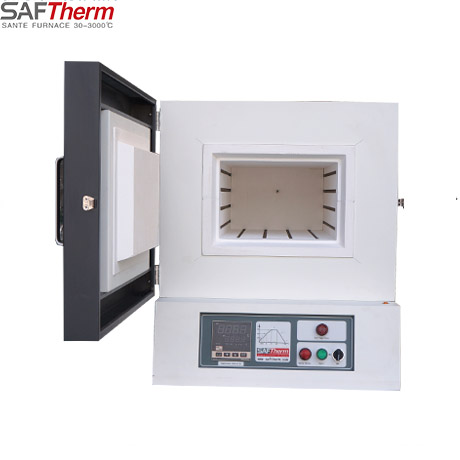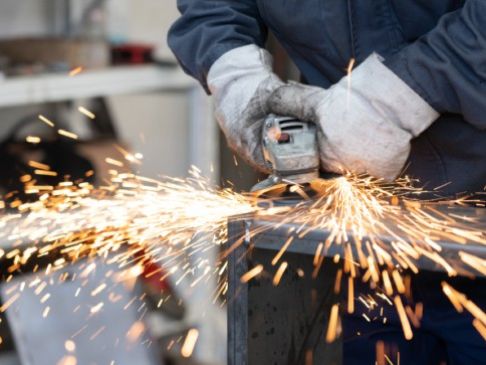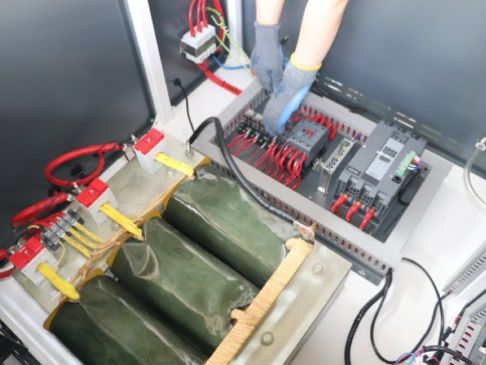Time:
The working principle of a lab muffle furnace which is also known as a retort furnace is to
heat the air inside its chamber using the basic fundamentals of thermal convection and
thermal radiation. The name muffle furnace is derived from the fact that the internal
ceramic chamber of the furnace which is also known as muffle is wrapped up in vast
layers of insulation so as to prevent heat loss and achieve high temperatures. The high
temperatures inside a muffle furnace attained by utilizing heating properties of
Nichrome (nickel-chromium) wires which are called electrically operated heating elements.
The temperature regulation in a furnace is highly dependent on the efficiency of electronic
controller unit, although best results can only be obtained by applying PID controlled units,
PID stands for proportional integral derivative controller.
The laboratory muffle furnaces are not equipped with sophisticated cooling system as it is
mostly not required. Most of the time a simple fan based exhaust system is installed and
cooling is performed by this simple fan system supported by a chimney that too if desired in
special cases. The main utility of this furnace exhaust system is to take out the toxic gases
from the inner chamber which comes out during heating of the testing materiel / specimen
inside the chamber. Hence the chamber gets sanitized of any toxic gases which may have
evolved during the heating of materiel inside the lab muffle furnace.
The muffle furnace is used when a controlled atmosphere is desired to prevent oxidation
during heat treatment in high temperature.

Related News

ndustrial furnaces are used globally for a wide range of applications. As the selection of applications grew, different types of furnaces were developed to keep up with demands.
ASHING FURNACES
Ashing furnaces are used to determine the amount of ash that forms after a sample is burned. Typical materials used as samples in ashing furnaces are petroleum products, lubricating oils, and coal.

Our furnaces can be used in high-temperature tempering, annealing, quenching and other
Get A Free Quote
Submit Request